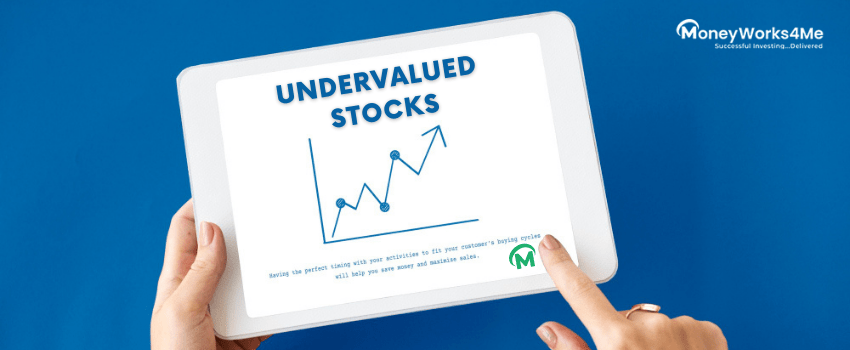Uncovering Hidden Gems: How to Identify Undervalued Stocks in Global Markets

The world of stock investing can be a thrilling adventure, with the potential for immense returns and financial freedom. However, with over 47,000 publicly traded companies worldwide, finding the right stock can be daunting. In this article, we’ll explore the strategies and techniques to identify undervalued stocks in global markets, helping you to uncover hidden gems and increase your chances of success.
Understanding Undervalued Stocks
Before we dive into the mechanics of identifying undervalued stocks, it’s essential to understand what we mean by an undervalued stock. An undervalued stock is a company’s share that is trading at a price lower than its intrinsic value. This intrinsic value is the company’s true worth, taking into account its financial performance, growth prospects, and market conditions.
Why Undervalued Stocks are Attractive
Undervalued stocks offer several advantages to investors:
- Potential for Higher Returns: By identifying undervalued stocks, you can potentially earn higher returns as the stock price increases to its intrinsic value.
- Reduced Risk: Investing in undervalued stocks can be less risky than investing in overvalued stocks, as the potential for significant losses is lower.
- Increased Margin of Safety: With an undervalued stock, you have a larger margin of safety, allowing you to hold onto the stock even if the market fluctuates.
Identifying Undervalued Stocks: A Multi-Faceted Approach
To identify undervalued stocks, it’s essential to adopt a multi-faceted approach. Here are some key strategies to help you get started:
1. Fundamental Analysis
Fundamental analysis involves examining a company’s financial statements, management team, and industry trends to determine its intrinsic value. Some key metrics to consider include:
- Earnings per share (EPS)
- Price-to-earnings ratio (P/E ratio)
- Return on equity (ROE)
- Debt-to-equity ratio

2. Technical Analysis
Technical analysis involves studying a company’s stock price and trading patterns to identify trends and potential reversals. Some key technical indicators to consider include:
- Moving averages
- Relative strength index (RSI)
- Bollinger bands
3. Quantitative Metrics
Quantitative metrics involve using mathematical models to identify undervalued stocks. Some popular quantitative metrics include:
- Price-to-book (P/B) ratio
- Price-to-sales (P/S) ratio
- Dividend yield
4. Broker Research and Recommendations
Broker research and recommendations can provide valuable insights into a company’s fundamental and technical strengths. Look for analysts who have a track record of accuracy and follow their recommendations.
5. Company-Specific Factors
Company-specific factors can impact a stock’s value and potential for growth. Some key factors to consider include:
- Management team and their track record
- Industry trends and outlook
- Competitive advantages and barriers to entry
Top Undervalued Stocks in Global Markets
To get you started, here are some top undervalued stocks in global markets that have the potential for significant growth:
- Walmart (WMT): With a market capitalization of over $400 billion, Walmart is the largest retailer in the world. Despite its size, the stock has been undervalued, with a P/E ratio of around 22.
- Royal Dutch Shell (RDS.B): As one of the largest oil and gas companies in the world, Royal Dutch Shell has been impacted by the decline in oil prices. With a P/E ratio of around 12, the stock has significant potential for growth.
- Air France-KLM (AF): As one of the largest airlines in the world, Air France-KLM has been impacted by global economic uncertainty. With a P/E ratio of around 10, the stock has significant potential for growth.
Conclusion
Identifying undervalued stocks in global markets requires a combination of fundamental, technical, and quantitative analysis. By adopting a multi-faceted approach and considering company-specific factors, you can uncover hidden gems with significant potential for growth. Remember to always do your own research and consult with a financial advisor before making any investment decisions.
Call to Action
If you found this article insightful, share it with your friends and family who are interested in investing in the stock market. Together, we can uncover more undervalued stocks and achieve financial freedom.


